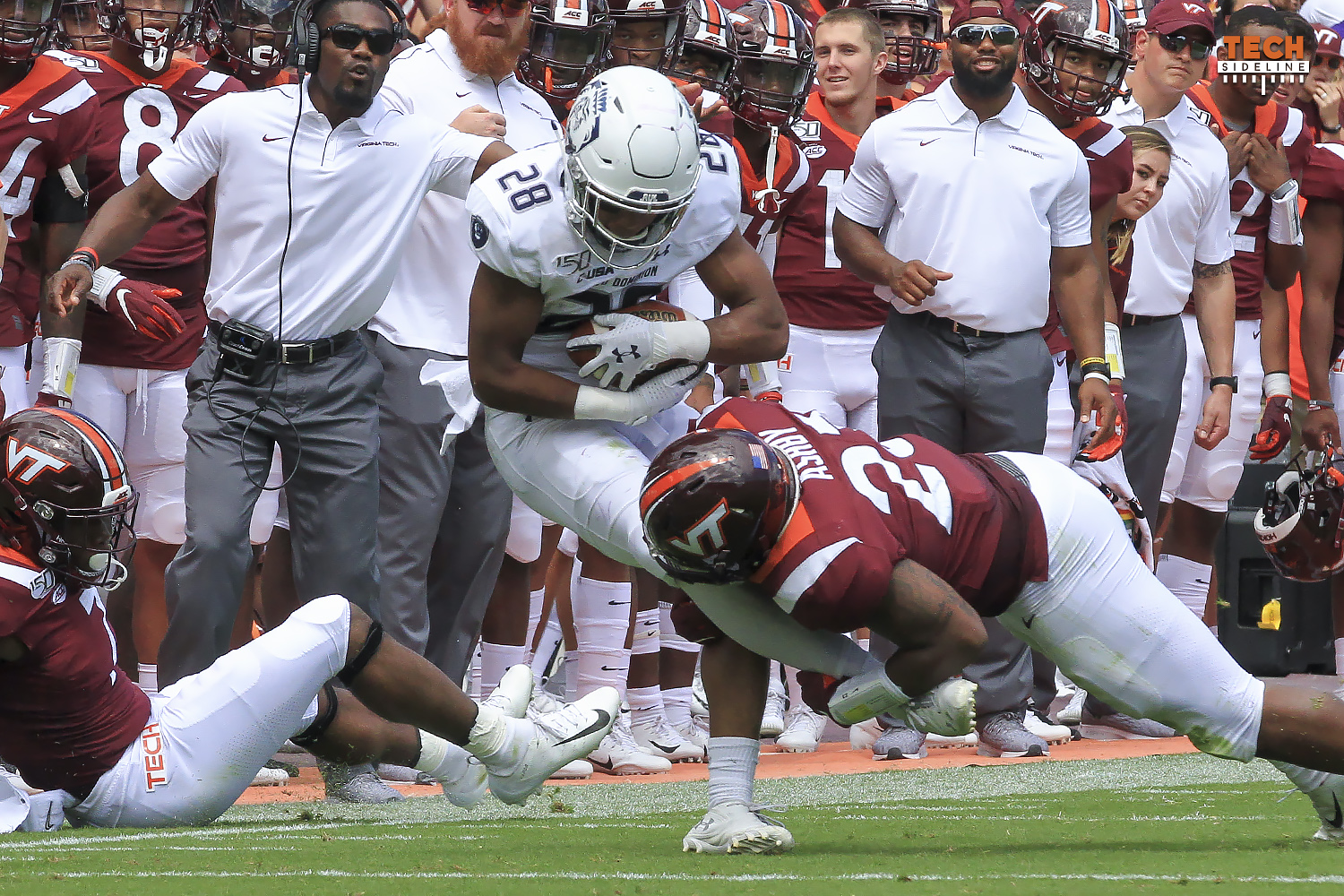
“In 1957, Army felt very confident of beating Navy on the basis of two pieces of information which, at first notice, might seem inconsequential. From scouting and the study of movies, Army could tell the direction of the slant of the Navy line by the position of the heel of the defensive tackle. If the tackle’s heel was up off the ground, he and the rest of the internal linemen were going to slant to the defense’s right. If the heel was down, the slant would be in the opposite direction.”
That’s from the “Tip-Offs” chapter of Steve Belichick’s Football Scouting Methods. Army lost that game 14-0. A big part of that was Navy figuring out a series of backfield alignment keys to decipher Army’s running direction. By the time Belichick wrote his book back in 1962, football scouting had become so granular that most of the tip-offs he discusses are just like the examples above—they’re minute details of position and footwork. As far as VT fans go, they might be most familiar with the case (or non-case) of Clemson maybe stealing something like this from the Hokies’ Blake DeChristopher back in the 2011 season.
As impressive as these tip-offs are when they work, the bedrock of football is breaking down an opponent’s play-calling tendencies. If a coach has to choose between scouting an offense’s footwork idiosyncrasies and what the offense likes to do on third down, the second option will almost always provide better results. Still tip-offs/tells—these little things an individual player or even coach can do that’ll provide opponents with a huge knowledge advantage—can be a powerful tool.
Somewhere between charting calls and sussing out tip-offs is teaching a football player how to read keys. Keys are part of the fabric of football, and unlike tip-offs, they can be very consistent from opponent to opponent. We’ve talked about important, general keys in the past, like how to read a defender you’re trying to option, or understanding how a DB’s pre-snap depth limits what he can do in coverage. Sure, Troy Polamalu could be on the LOS then sprint downfield and cover the deep-middle, but most of the time that safety’s depth is going to be informative.
...Subscribe to read full story
Tired of low effort articles and clickbait? So are we. Subscribe to read great articles written by a full-time staff with decades of experience.
Already a subscriber? Login Here



